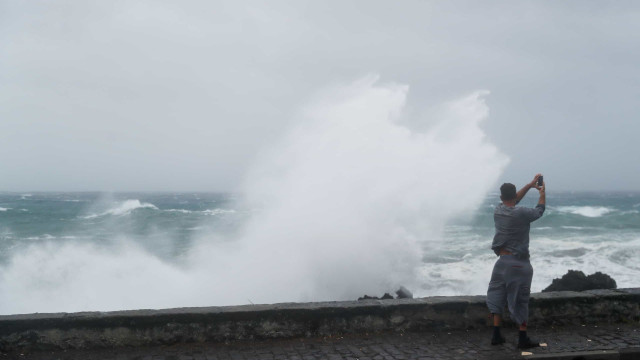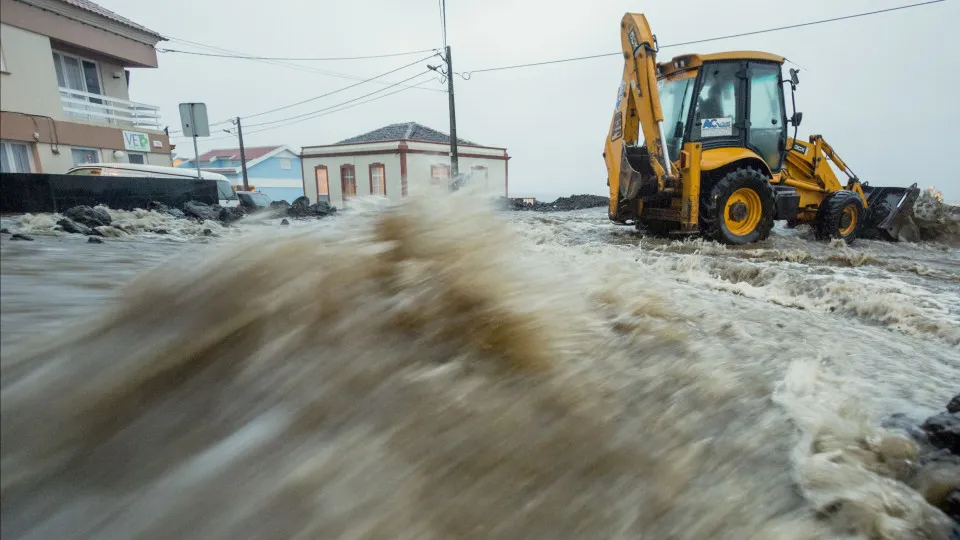
“This is a rightful recognition of the environmental and cultural richness of Arrábida and an added responsibility for all who care for it,” said Maria da Graça Carvalho in a statement, highlighting the landscape’s location that “combines Mediterranean scrublands, dense pine forests, hidden caves, and vibrant marine ecosystems.” This diverse landscape is home to more than 1,400 plant species, representing 40% of Portuguese flora, including 70 rare and endemic species, along with a diverse fauna of 200 vertebrate species and over 2,000 marine species such as bottlenose dolphins, European sea bass, and red mullet.
Arrábida was today recognized as a UNESCO Biosphere Reserve by the International Coordinating Council of the Man and the Biosphere program at its 37th meeting, held in Hangzhou, China.
“All this nature coexists alongside cities, villages, and fishing ports, combining economic activities with ancestral traditions, such as artisanal fishing, olive cultivation, the production of Moscatel de Setúbal, and new forms of ecotourism,” reads a statement signed by the Minister of Environment and Energy.
Following the World Congress of Biosphere Reserves, which concluded on Friday, 30 new areas were announced, including those from four Portuguese-speaking countries: Portugal, São Tomé and Príncipe, Angola, and Equatorial Guinea.
Regarding Portugal, UNESCO briefly describes the Arrábida Biosphere Reserve as located on the “impressive Atlantic coast of Portugal,” encompassing 200 square kilometers centered around Serra da Arrábida, “whose limestone cliffs plunge into the ocean, framing a landscape that combines Mediterranean scrublands, dense pine forests, hidden caves, and vibrant marine ecosystems.”
This week, the Association of Municipalities of the Setúbal Region (AMRS) explained that the application aimed to “establish Arrábida as a living laboratory of sustainability, promoting a balance between economic, social, and cultural activities and the preservation, conservation, and recovery of ecosystems in the valuable Mediterranean biome of the mountain and the surrounding region.”
The application process, involving the active participation of local communities, began in 2016 with the signing of a protocol between AMRS, the Municipal Councils of Palmela, Sesimbra and Setúbal, and the Institute for Nature Conservation and Forests (ICNF).




